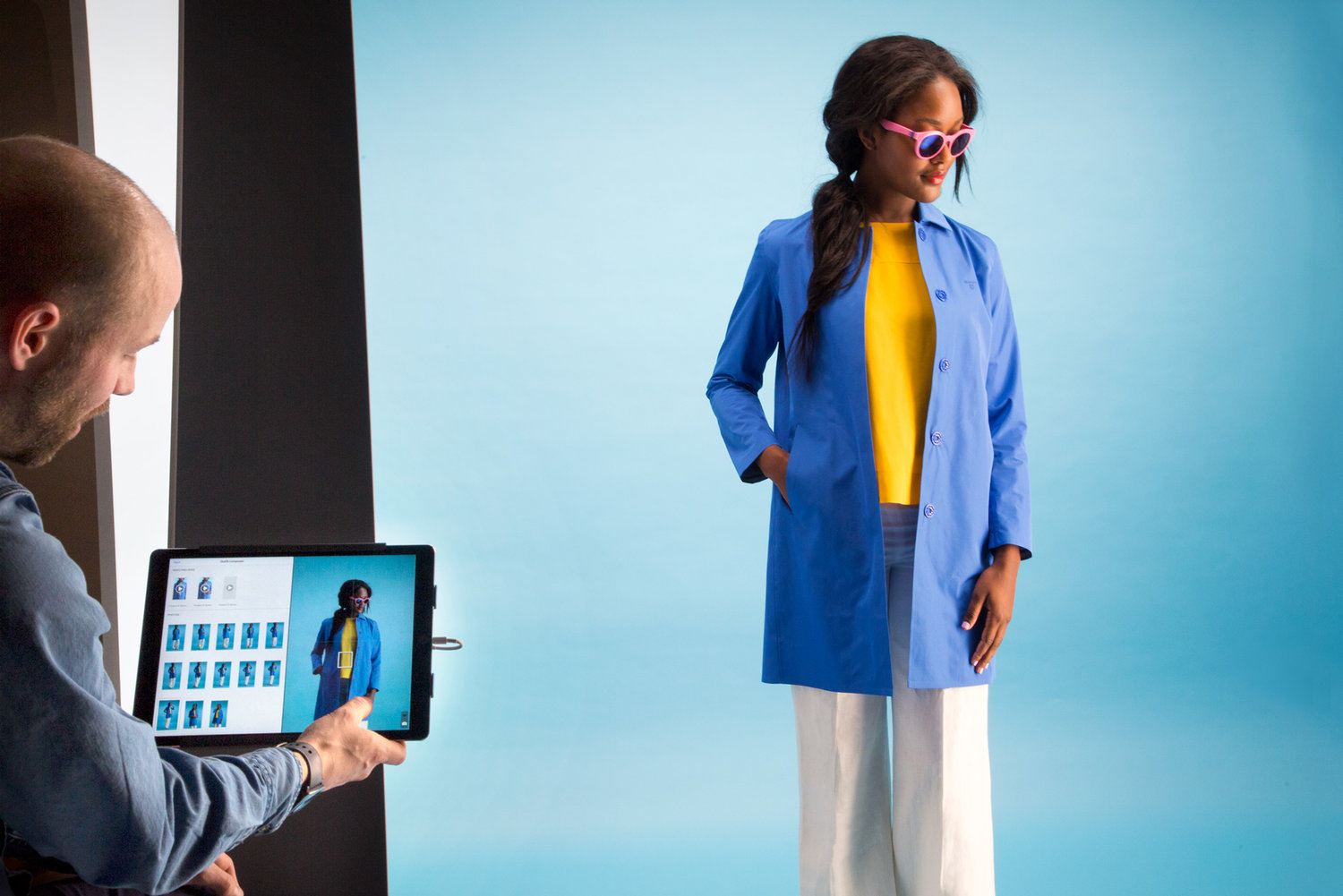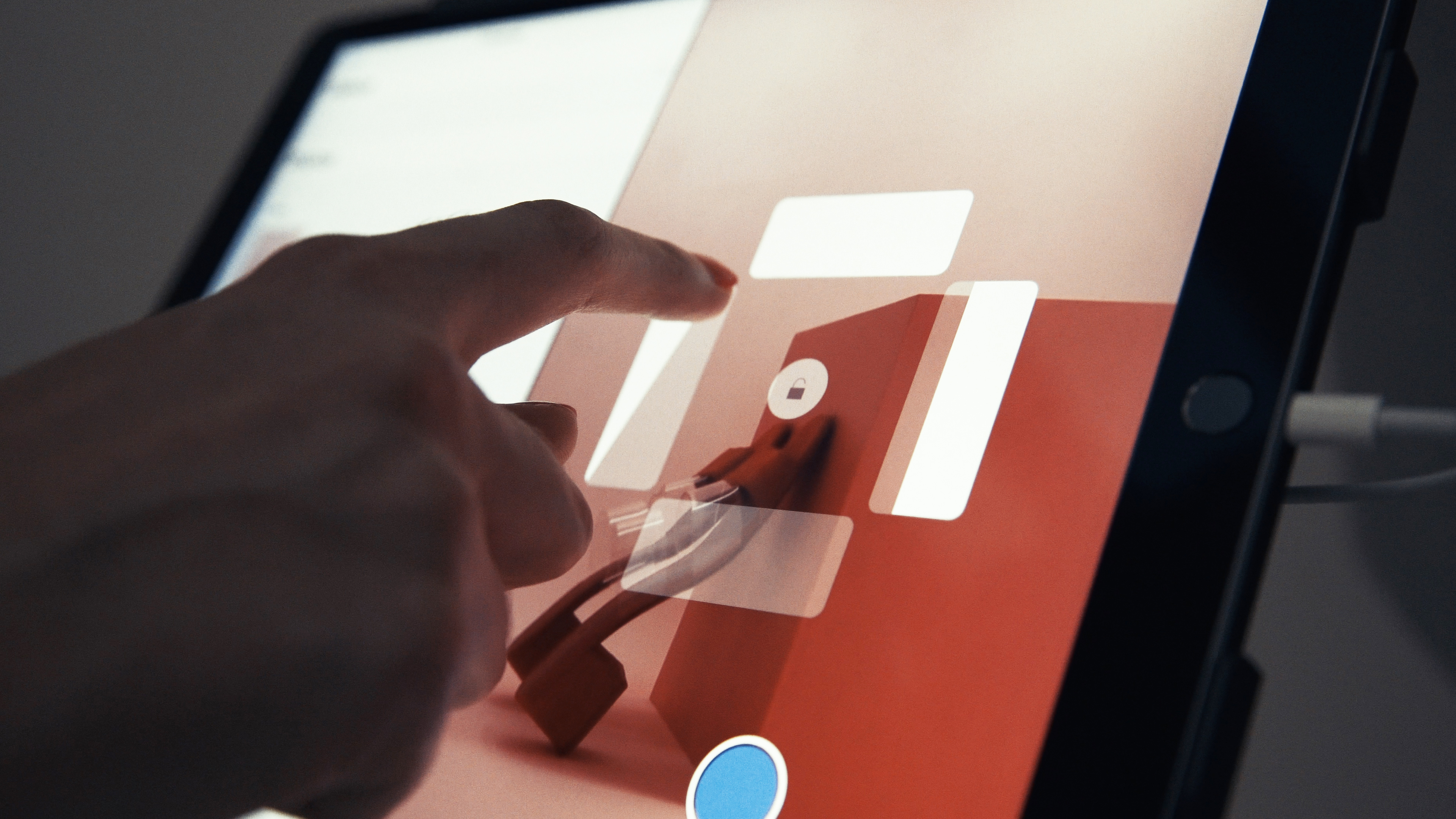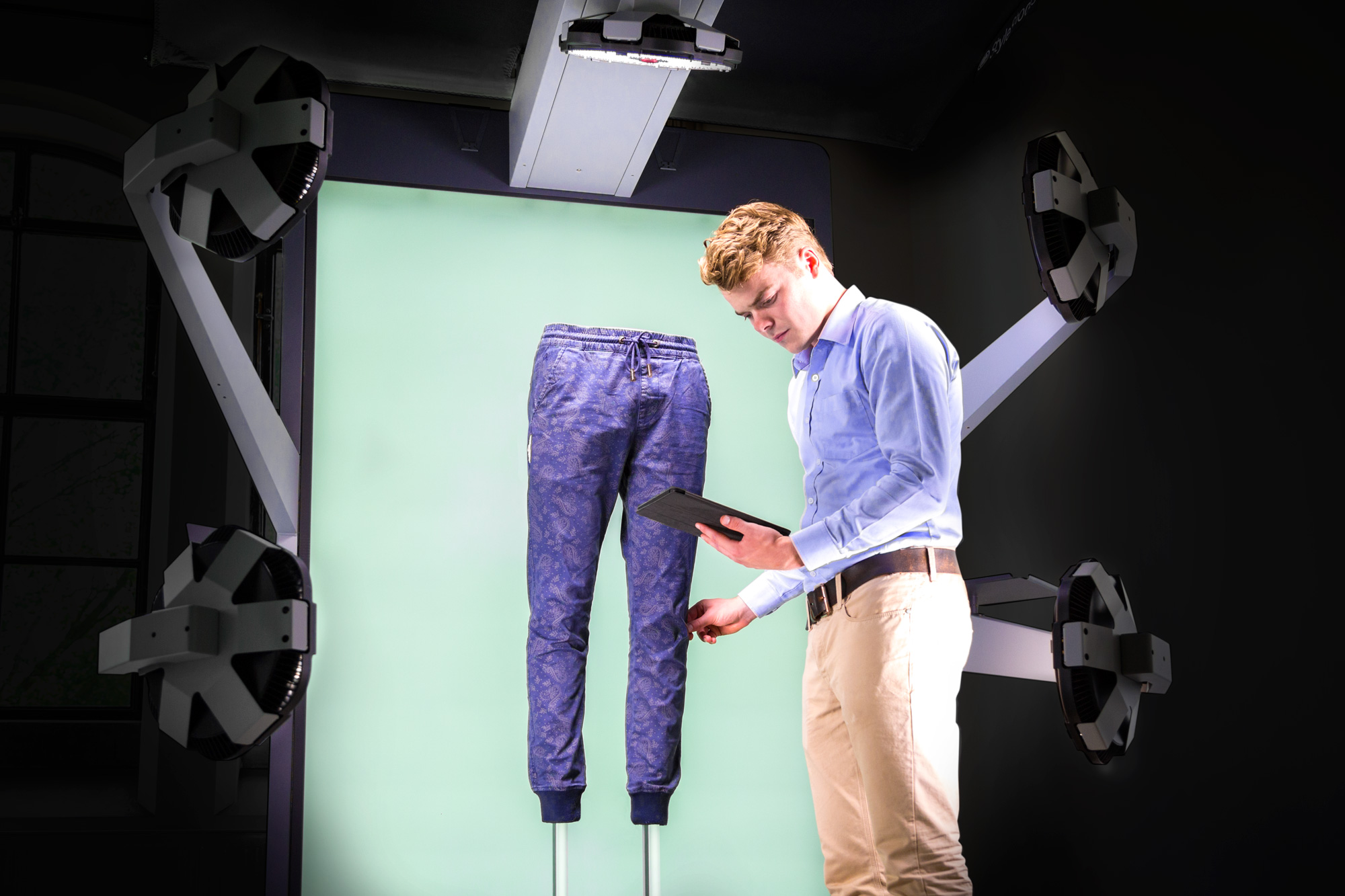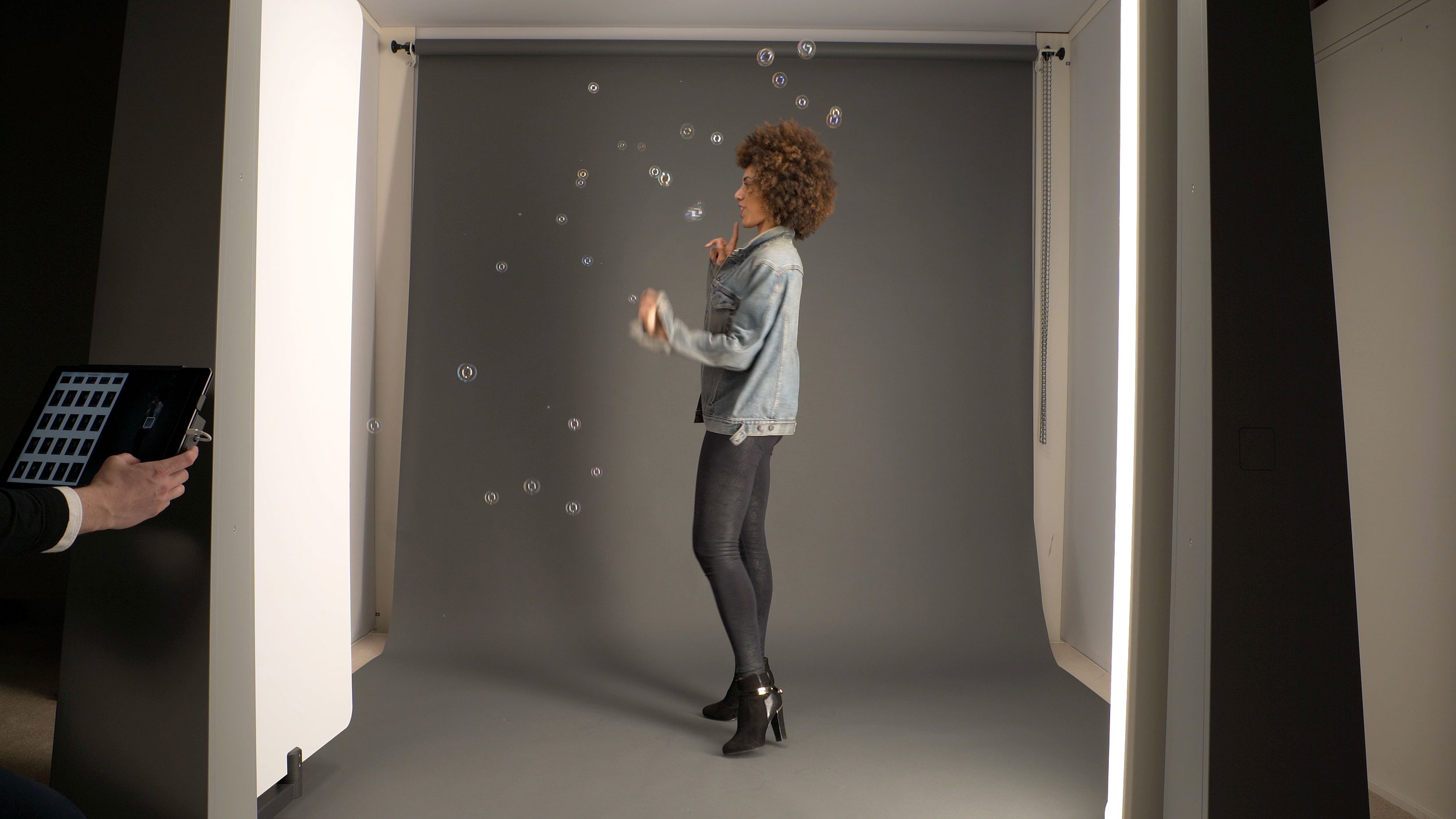New trends for new challenges in fashion product photography
Seamlessly integrating digital assets into brand platforms.
Satisfying the fast-moving fashion and retail industry's increased needs for imagery and an even larger range of dynamic digital assets, then integrating them seamlessly into their platforms in a way that is both efficient and scalable, is a challenge.
It's a challenge that is the livelihood of digital asset workflow specialist company SpinMe. "In most cases, we work with clients by going in and understanding their current systems, equipment and software," explains CEO David Brint. "Then we look for pain points which are causing them trouble and advise on ways that they can improve their processes."
Key to this process is ensuring clients have the right camera equipment. Canon's software development kit (SDK) allows cameras such as the Canon EOS R5 to be integrated into large ecommerce photography setups, feeding into the system's software for a smooth workflow.
Here, both Brint and Canon UK’s Industry Pro/B2B Sector Manager Richard Harvey share insight into the current challenges and trends in fashion product photography.
01. Coping with increased volumes of imagery

The greatest problem in fashion product photography today is the sheer quantity of digital assets that are needed for ecommerce sites, PR, marketing, social media channels and more. "Satisfying that demand is absolutely the number one challenge right now," says Brint.
"The ability to collate all the associated information about the product and then attach this to files is also becoming more important," Brint adds.
Streamlining the studio setup is essential for this. "Adjustments can be made using Canon's SDK, which enables remote control of the camera. You can easily switch between video and stills, change the file type and so on. Our pro cameras allow for these functions and we are able to create a particular SDK workflow for a large e-com house which will be bespoke to them," explains Harvey.
02. Developing an efficient imaging workflow

An increase in content creation requires a robust and efficient workflow for indexing, editing and exporting imagery. For this, Harvey turns to the camera's buffer space.
"You've got to get the image off the sensor, through the buffer, and into some kind of editing software. One important aspect of camera technology is the Wi-Fi capability. The Canon EOS R5 has 5G, resulting in very fast transfer speeds straight out of the body, and the base tethering system uses USB-C which is extremely quick."
03. Ensuring the best possible image quality

The percentage of accurate capture is something that ecommerce clients measure, explains Harvey.
"E-com studios are like nightclubs. They pump up the music and get the models dancing around, so they need everything to be in focus at all times. Face recognition and Eye AF technology available in the latest EOS cameras offer the jump in performance that clients need.
"With studios moving to constant LED lighting, there is much lower luminance compared with the flashguns they used before. Improved ISO performance in cameras such as the Canon EOS R5 and EOS R6 mean you can increase the ISO while still producing clean, usable images."
04. Getting accurate colours

Providing a photo or a video that represents a garment or product with precise accuracy is key to customer satisfaction. "The returns rate is a retailer's biggest cost of sale, so anything you can do at the point of purchase to reduce it is a real incentive to them," says Brint.
Fortunately, Canon's colour science is well regarded in the industry: "Photographers like the colour, and it's consistent," says Richard. "You can shoot with a Canon EOS 5D Mark IV or a Canon EOS R5, and the post-production team aren't going to be nervous that you've used two different sensors."
05. Building in the capacity to produce additional assets
The demand for video, 360° spins and 3D content adds an additional layer of complexity to the production process.
"During the pandemic, ecommerce clients are having to halve the number of studios they use in order to ensure social distancing," explains Harvey, "So, they're trying to look at ways of taking still content from video files to halve the time on set.” The solution? 8K video capture on the Canon EOS R5 allows a studio to extract 35MP still images in post. To achieve 360° views, new cameras now give you more ways of meeting that requirement, whether through video or multi-stills capture.
"Efficiency is still one of the key considerations, meaning finance departments have more input. They understand end users' buying habits and the impact of returns, so they can make a call on how much something like a 360° or a pinch-and-zoom piece will affect the buy-through rate. Thankfully, those are the features that our new cameras are able to deliver, and those features are what's driving the upgrade path for Canon technology."
For more information about Canon’s photo, video and software solutions please visit Canon's website.

Thank you for reading 5 articles this month* Join now for unlimited access
Enjoy your first month for just £1 / $1 / €1
*Read 5 free articles per month without a subscription

Join now for unlimited access
Try first month for just £1 / $1 / €1
Get the Creative Bloq Newsletter
Daily design news, reviews, how-tos and more, as picked by the editors.
